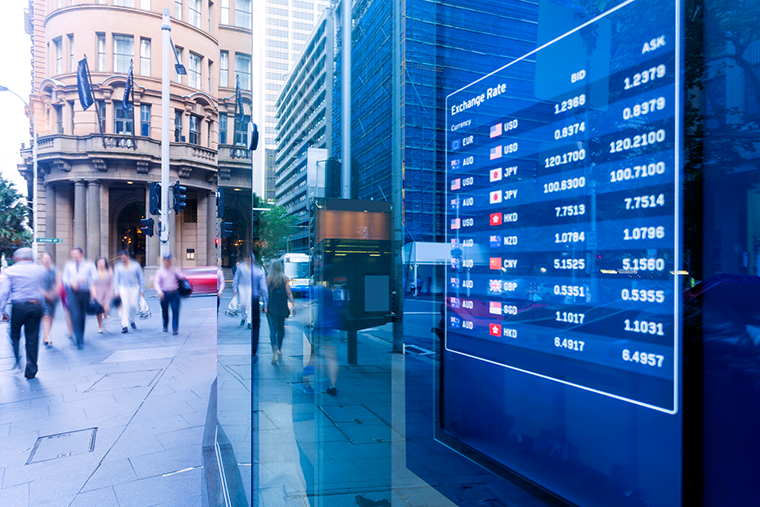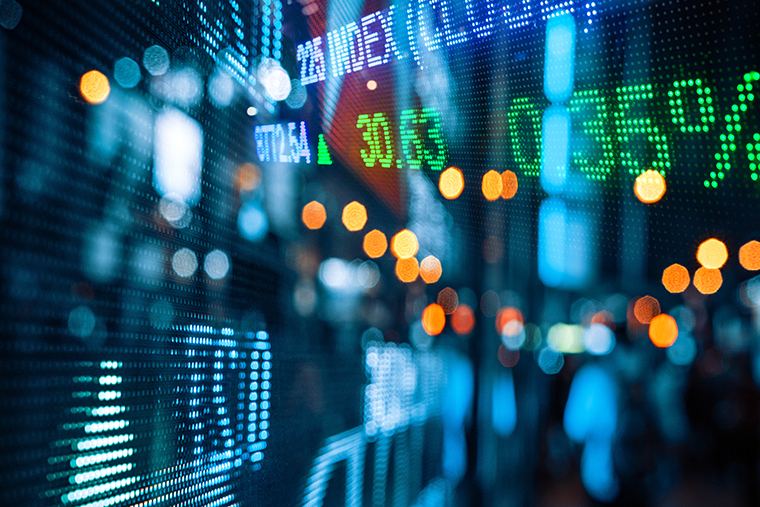It has been just over a year since the Covid-19 financial market sell off, which was like witnessing a repeat of the Global Financial Crisis, only on fast forward.
For financial markets, we saw the swiftest co-ordinated share market fall on record punctuated by an unprecedented level of volatility. For the month of March the Australian share market (as measured by the S&P ASX200 Index) plummet from an all time high of 7,139 points on the 16th of February to a low of 4,816 points on the 15th of March - a fall of approximately 32% within the space of 28 days. Overseas, the Dow Jones (United States) and FTSE (UK) posted corresponding falls of approximately 32% and 31% respectively (in local currency terms) and the AUD sold down to 0.57 against the USD. Each market cycle is unique, however this indiscriminate market tumble was particularly vicious.
With governments and central banks acknowledging the enormity of the situation, a co-ordinated monetary and fiscal policy effort was rolled out to support financial markets, companies and consumers in distress. As the period of extreme panic faded and infection rates began to come under control, markets ignored the dire economic data and rallied through April, May and June. This surge was based on the hopes of a V shaped recovery, where markets are quick to dive but also bounce back at speed. During this time in Australia there were 435,000 newly established trading accounts as consumers jumped on the recovery trade.
There is a lot to learn from the events of the past 12 months. Here are three investing lessons and takeaways from the Covid-19 crash and subsequent market recovery.
One of the first steps to successful investing is ensuring that you clearly identify your investment objectives, so you can strike the right balance between how much investment risk you need to achieve your financial goals versus what you are willing to take. Age, income, experience, risk tolerance and investment time horizon are all important factors when it comes to developing an investment plan. Short term factors including political uncertainty, interest rate changes, currency values and corporate earnings become less dramatic over extended periods of time, so having an investment plan in place can help you stay the distance.
Ensure you have appropriate diversification
The perils of trying to time the market
If you have any questions about the above, please call your Prosperity Financial Adviser on 1300 795 515 to discuss.
This article contains information that is general in nature. It does not take into account the objectives, financial situation or needs of any particular person. You need to consider your financial situation and needs before making any decisions based on this information. If you decide to purchase or vary a financial product, your financial adviser, Hillross Financial Services Limited and other companies within the AMP Group may receive fees and other benefits. The fees will be a dollar amount and/or a percentage of either the premium you pay or the value of your investments. Please contact us if you want more information. Prosperity Wealth Advisers Pty Ltd (ABN 32 141 396 376), Authorised Representative and Credit Representative of Hillross Financial Services Ltd, Australian Financial Services Licensee and Australian Credit Licensee 232 706.
March 2020 was a historic turning point, as Covid-19 spread globally and economies around the world were hit by this health crisis. People’s day to day lives were upended with the effects still being felt to this day.
For markets, March turned out to be both the low point and also the turning point as markets rebounded and have not look backed since with the Australian market (S&P ASX200 Index) posting an annualised return of 37%, the Australian small companies index (S&P ASX200 Small Ordinaries Index) posting an annualised return of 52%, global markets posting a 48% return (MSCI World ex Aus hedged) and the AUD rebounding to 0.76 against the USD.
The importance of having a plan
One of the first steps to successful investing is ensuring that you clearly identify your investment objectives, so you can strike the right balance between how much investment risk you need to achieve your financial goals versus what you are willing to take. Age, income, experience, risk tolerance and investment time horizon are all important factors when it comes to developing an investment plan. Short term factors including political uncertainty, interest rate changes, currency values and corporate earnings become less dramatic over extended periods of time, so having an investment plan in place can help you stay the distance.
Australian Taxation Office data has shown that 3.4 million Australians accessed the Covid-19 Early Release Scheme, with1.4 million of these people making repeat applications. The compounding effects of these withdrawals on retirement savings will be felt for decades to come. A well managed investment plan ensures that you are able to see through the short term market 'noise', stay invested, manage your emotions and stay the path to meeting your investment objectives.
Nobel Prize Laureate Harry Markowitz coined the phrase "Diversification is the only free lunch in investing." It offers the opportunity of reducing risk without sacrificing returns. When a portfolio or fund achieves positive returns in a given time period, it doesn't mean that every investment within that portfolio performed well. Some will have outstanding performance and contribute a great deal, whilst other assets may have had poor performance/returns at any given moment in the economic cycle. The key point being that a well diversified portfolio has a much lower level of volatility and a higher probability of meeting its return objectives.
During the GFC, the recovery took much longer and the benefits of diversification were more pronounced.
Another important lesson from history is the tendency for share markets to stage their best trading days immediately following a market correction. The inherent cyclicality in stock markets means that investors who hold their nerve through the tough times are subsequently rewarded for their patience. By contrast, investors who pulled out near the bottom not just suffered the pain of the down years, but missed the opportunity to participate in the market's inevitable recovery.
There is a lot to consider when deciding on what investments and strategy are right for you. The first step is to understand the level of risk that you require and are comfortable with in order to achieve your investment goals. This will help manage your emotions, stay invested during times of market volatility and ultimately make you a better investor.



